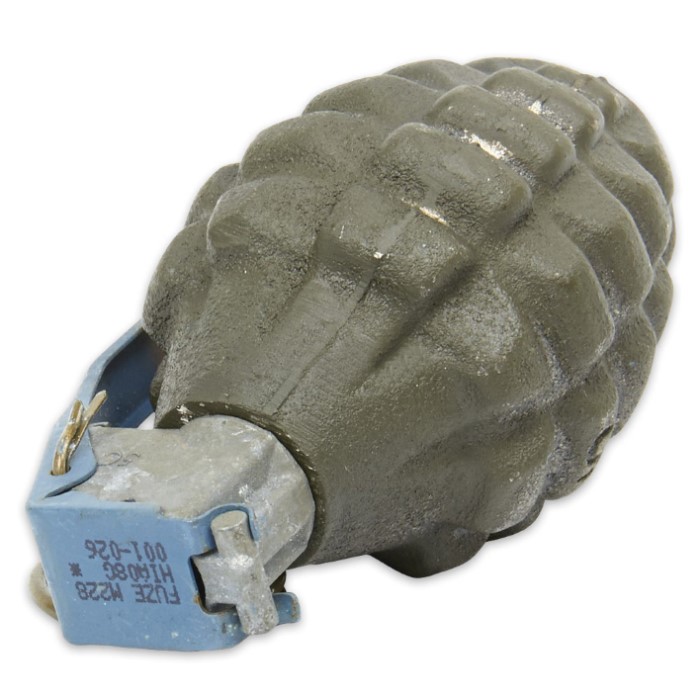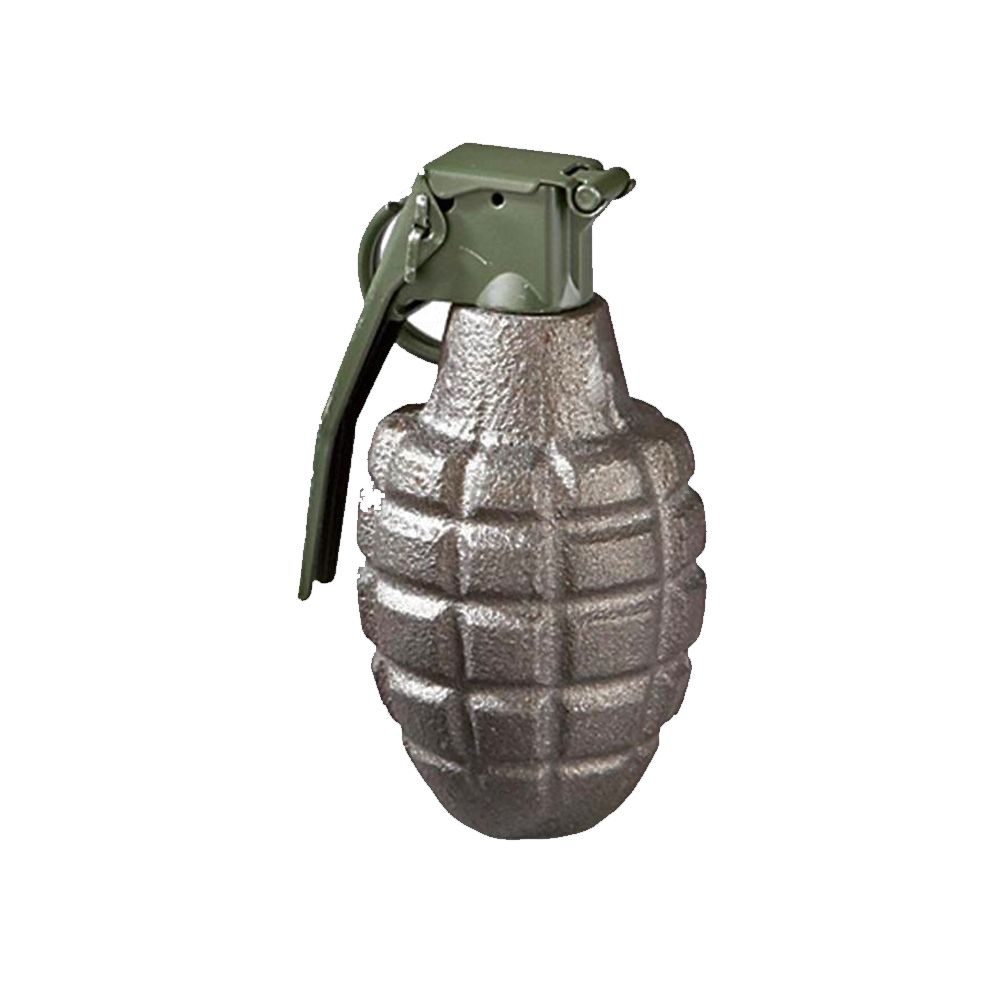
This "objective" standard turns the "combination of parts" theory into one of strict liability, as is the case with possessing military weapons (category 1) and weapons expelling a projectile (category 2). As long as all of the parts are there to make a complete grenade, his benign plans will give him no defense. Most courts have not adopted the approach described above-the "subjective approach." Instead, they focus on the language "may be readily assembled." That is, if the items could be put together to create a destructive device, the offense is complete, regardless of the defendant's protestations that he had legal uses in mind.įor instance, imagine a student who assembles the items needed for a home-made grenade, but has no intent on using it-he's doing this for a science project. Although the circumstances are suspicious, the prosecutor probably could not prove, without more evidence, that these items are components that will be converted to a destructive device (a Molotov cocktail).
#Inert pinapple grenade for sale driver
The driver says he's intending to recycle the gas the clothing is just trash. Under this approach, someone who created the device, or assembled the components, would escape conviction unless the government proved that he intended to use the device for nefarious ends.įor example, imagine a car that is pulled over and found to contain bottles of gasoline and torn-up clothing. Under one approach, some courts insist that prosecutors prove that the defendant intended to use the device for illegal purposes. Whether a non-military "grenade" is actually a grenade for purposes of the NFA will depend on the court's choice. How Do Courts Decide What Is a "Destructive Device"?Ĭourts have adopted three approaches to deciding whether an item, or collection of items, constitutes a destructive device, which would include a hand grenade. Courts have come to inconsistent conclusions when considering whether the state of mind of the person charged matters, when caught with a combination of components, or an assembled device, that could be used either innocently or for destructive purposes. While it's clear that a person's state of mind is not relevant when dealing with devices that fall into one of the first two categories, that's not the case with the third. The problematic part of the "destructive device" definition is the third definition. The term ‘destructive device' does not include any device that is neither designed nor redesigned for use as a weapon (such as a stick of commercial dynamite) or any device, although originally designed for use as a weapon, that is redesigned for use as a signaling, pyrotechnic, line throwing, safety, or similar device.

How a defendant intends to use the device is irrelevant-mere possession is enough for a conviction. Military grenades fit into this category.



Hand grenades are regulated under the National Firearms Act ("NFA"), a federal law first passed in 1934 and amended by the Crime Control Act of 1968.


 0 kommentar(er)
0 kommentar(er)
